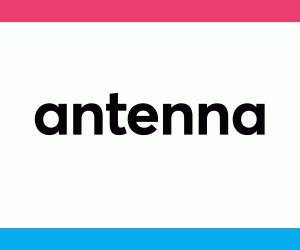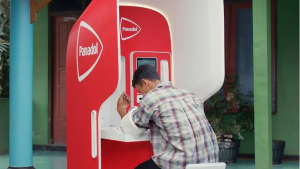Part of the Project
Gary Zhang is an MIT student who designed a speculative project called Farm. It looks at the large amount of energy used to power blockchain and how that power could be used outside for something useful.
This is because as the use of blockchain grows, so too will the amount of energy needed to keep it going. This is estimated as about 33 per cent of the world's global electricity consumption.
Zhang developed Farm I and Farm II, an anthropological and ecological investigation that asks: how much energy does it take to maintain a society? The project looks at how heat produced could be used to sustain other living systems.
With Farm I there are two tanks, one housing computer mining (a bitcoin record-keeping service), which was running while fully submerged under mineral oil while the second held a housing colony of tropical shrimp and algae.
“As the computer hashed bitcoin’s proof-of-work algorithm, the intense energetic expenditure heated the oil, which pumped through tubes and cooled the water of the shrimp tank,” he explains.
The hot oil heated the water to a tropical climate needed for the shrimp's survival and when the shrimp was able to sustain itself by eating the replenishing supply of algae. This showcased how two beings can co-exist parasitically off each other as a trust system and a heating system.
Farm II was developed quite similarly and was presented as an installation for viewers to come and see.
“Installed in a gallery space, the hot oil is pumped through 200 feet of vinyl tubing, snaking across the walls and ceiling of the gallery,” he explains. “As viewers enter the room, they feel the elevated temperature of the room as the radiating oil circulates throughout the architecture.”
He revealed that to him Farm is really an experiment.
“I’m not proposing a functional solution to any particular problem here. But what this allows us to think about is the socio-technical dynamics within a material and energetic dynamics within a system like a blockchain,” says Zhang.
His talk is part of the second antenna conference, a collaboration between Design Indaba and the Dutch Design Foundation, which recently took place as part of Dutch Design Week. He spoke alongside 19 other young designers.
Find out more about antenna.
Watch more talks from antenna 2018:
0.9 grams of brass: A brass paper clip that symbolises a cow’s life
Scribble is a touch-activated joystick for semi-autonomous driving
Ukubutha: A township hub powered by smart architecture and green tech








